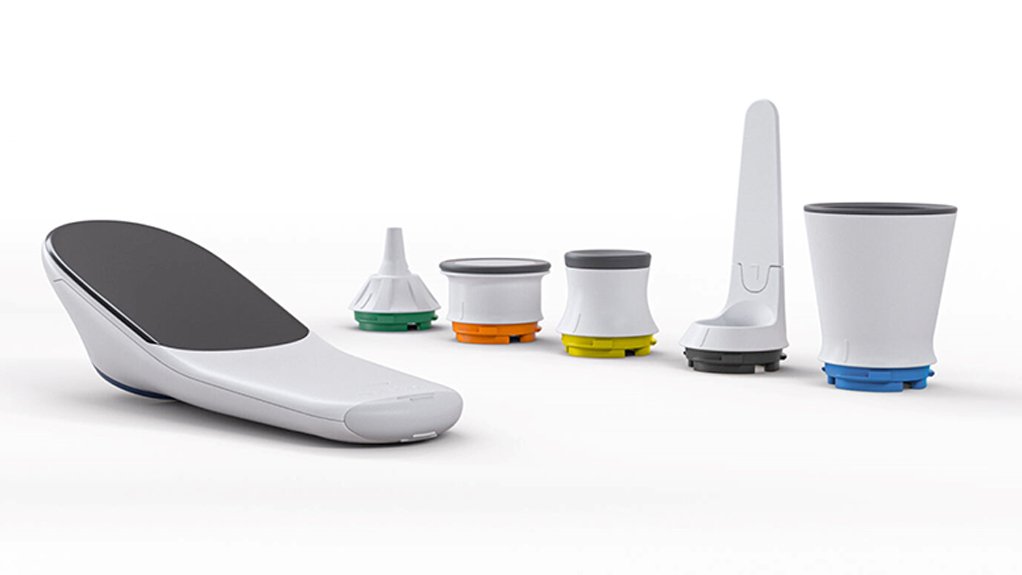Telemedicine is starting to emerge as a potential solution to provide access to advanced medical assistance to communities in remote areas or with a lack of access to healthcare as a result of infrastructure deficits, high costs and population distribution.
The Guardian Eye AVA Higo medical device collects patient data with the use of Internet of Things (IoT) sensors and technology. Relevant data and medical images and recordings are transmitted to a medical professional who can access the information remotely to formulate an informed diagnosis from a distance.
The use of IoT technology helps to increase access to care, reduce costs and increase efficiencies in healthcare delivery. The device allows medical practitioners to support patients and improve patient care in remote clinics or rural communities. Giving patients access to a solution designed to be easy to use helps reduce waiting times and expands convenient access to healthcare.
The Higo device includes five interchangeable modules, including a dermhood, stethoscope, throat exam module, otoscope and thermometer. The device accesses data from the primary healthcare examination, along with medical images and recordings, and records it to a patient portal which is then accessed and reviewed by a medical professional, assisting in the making of an accurate diagnosis.
“The main value of the Higo telehealth solution is that high-quality medical services can be offered to patients everywhere – the patient can enjoy the comfort and safety of remote consultations combined with the clinical quality of diagnosis provided by the physician remotely,” says Telios Care CEO Philip Choban. “We purchased 200 units of Higo medical devices in 2022 and conducted Higo software as a service integration with our telehealth system to provide our customers with an innovative premium product – remote general practitioner consultations based on high-quality medical data.”
The solution aims to offer a cost-effective service for patients, that is cheaper than long-distance travel to a doctor and an in-person consultation fee. The solution is also designed to allow practitioners to provide consistent care within the growing realm of telemedicine.
“As telemedicine becomes increasingly popular and relevant in South Africa, so does the use of adjunctive devices to aid in the assessment of patients remotely,” says CARE FIRST chief clinical officer Dr Jessica Jane Voerman. “The Higo device itself is simple and easy to use with only basic training needed, making it an excellent choice for the non-medically trained user.”
EMAIL THIS ARTICLE SAVE THIS ARTICLE
To subscribe email subscriptions@creamermedia.co.za or click here
To advertise email advertising@creamermedia.co.za or click here













